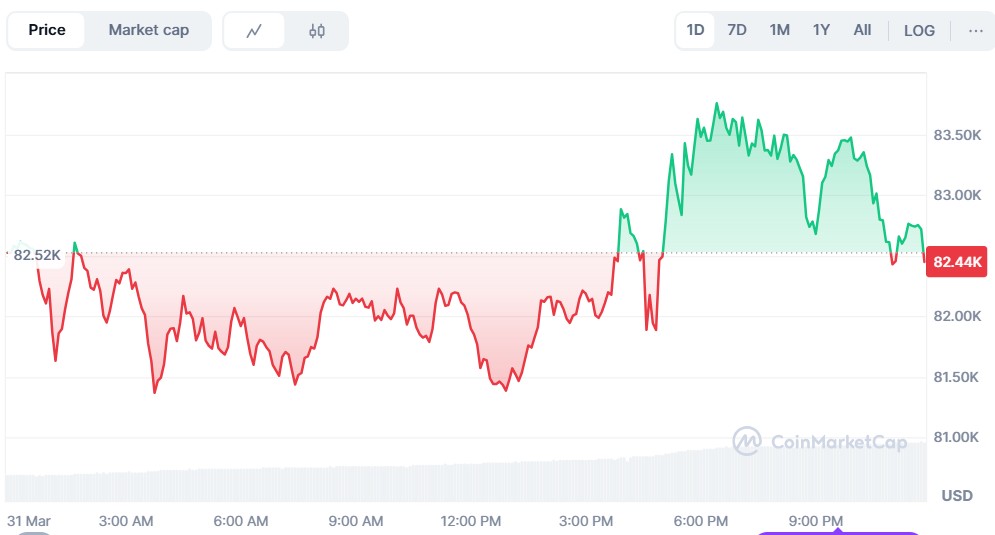Will Bitcoin Drop Again? Trump’s Reserve Strategy Sparks Price Volatility
The cryptocurrency market is reeling from a historic shift with Bitcoin now being a recognized U.S. strategic asset. President Donald Trump’s recent executive order prevents the government from selling its 200,000 BTC holdings, according to a research by global brokerage firm FBS.
The move initially sent Bitcoin soaring past $94,000, but details of the plan led to market volatility, with prices briefly dipping below $85,000. Investors are now questioning whether this marks the beginning of a new financial era or a strategic political maneuver.
From Euphoria to Volatility
When Trump first hinted at a government-backed crypto reserve on March 2, Bitcoin jumped over 10%, while Ether surged 13%. The market added over $300 billion in value within hours, with investors interpreting the move as a strong endorsement of crypto adoption.

However, when the White House clarified that the reserve would only include confiscated Bitcoin without immediate purchases, the market corrected. By March 7, Bitcoin briefly dropped below $85,000. Yet, the downturn was short-lived, and Bitcoin rebounded to near $89,000 the following day.
Despite the pullback, Bitcoin remains at historically high levels, benefiting from the 2024 halving, which cut Bitcoin’s mining reward from 6.25 BTC to 3.125 BTC—historically a key driver of long-term price appreciation.
Bitcoin Joins the U.S. Reserve Strategy
Comparisons are being drawn to the launch of Bitcoin ETFs, which fueled institutional adoption, and to historical halvings, which have driven long-term bull cycles. Observers also compare the move to El Salvador’s Bitcoin adoption, though the scale is vastly different.
El Salvador has accumulated 6,100 BTC, whereas the U.S. reserve starts with over 200,000 BTC. Some see this as a pivotal moment, akin to the U.S. establishing its Strategic Petroleum Reserve in the 1970s—a step that reshaped global energy markets.
The U.S. decision is prompting international reactions. Japan, a pioneer in crypto regulation, may consider similar policies. European policymakers are weighing whether to integrate Bitcoin into reserve strategies to avoid being left behind.
Some geopolitical rivals, however, view the move with suspicion. China, which has banned Bitcoin trading, is doubling down on its digital yuan initiative. Russia, already exploring crypto for sanctions evasion, might see the U.S. reserve as a reason to accelerate its own digital asset strategies.
Long-Term Impact: A Game Changer for Crypto?
Looking ahead, the U.S. Bitcoin reserve could fuel wider adoption. Standard Chartered has projected Bitcoin to reach $200,000 by 2025 and even $500,000 by 2028 under the right conditions. Institutional investors, spurred by government endorsement, may accelerate their Bitcoin holdings.
Trump’s move could also push regulatory agencies to fast-track approvals for more crypto ETFs, expanding access to Bitcoin and potentially other cryptocurrencies.



